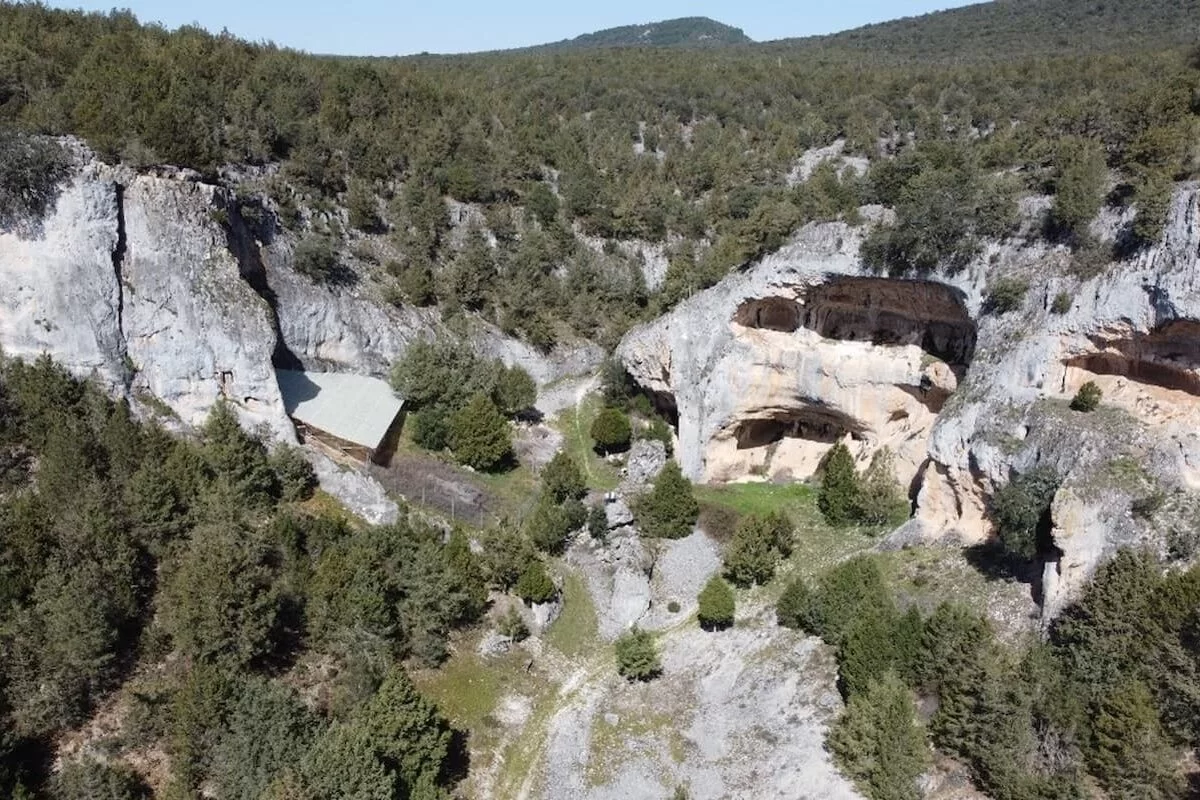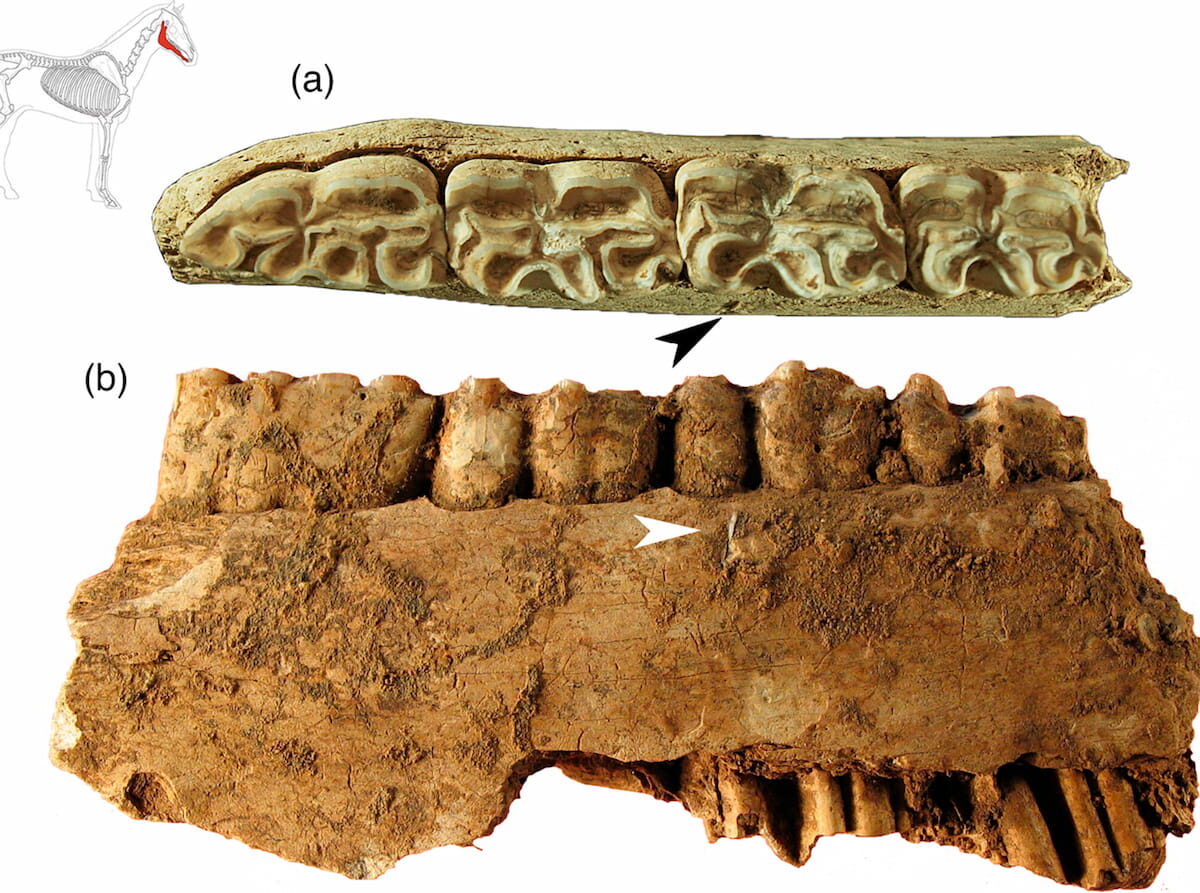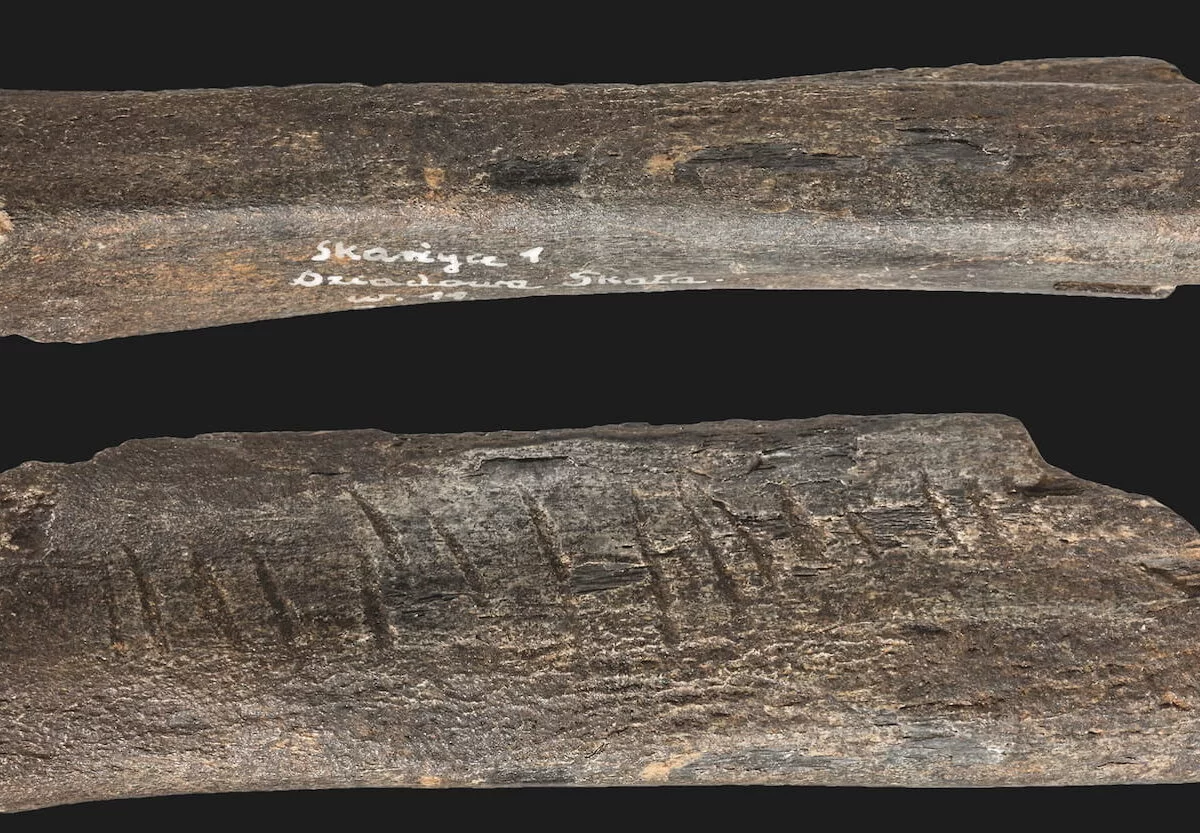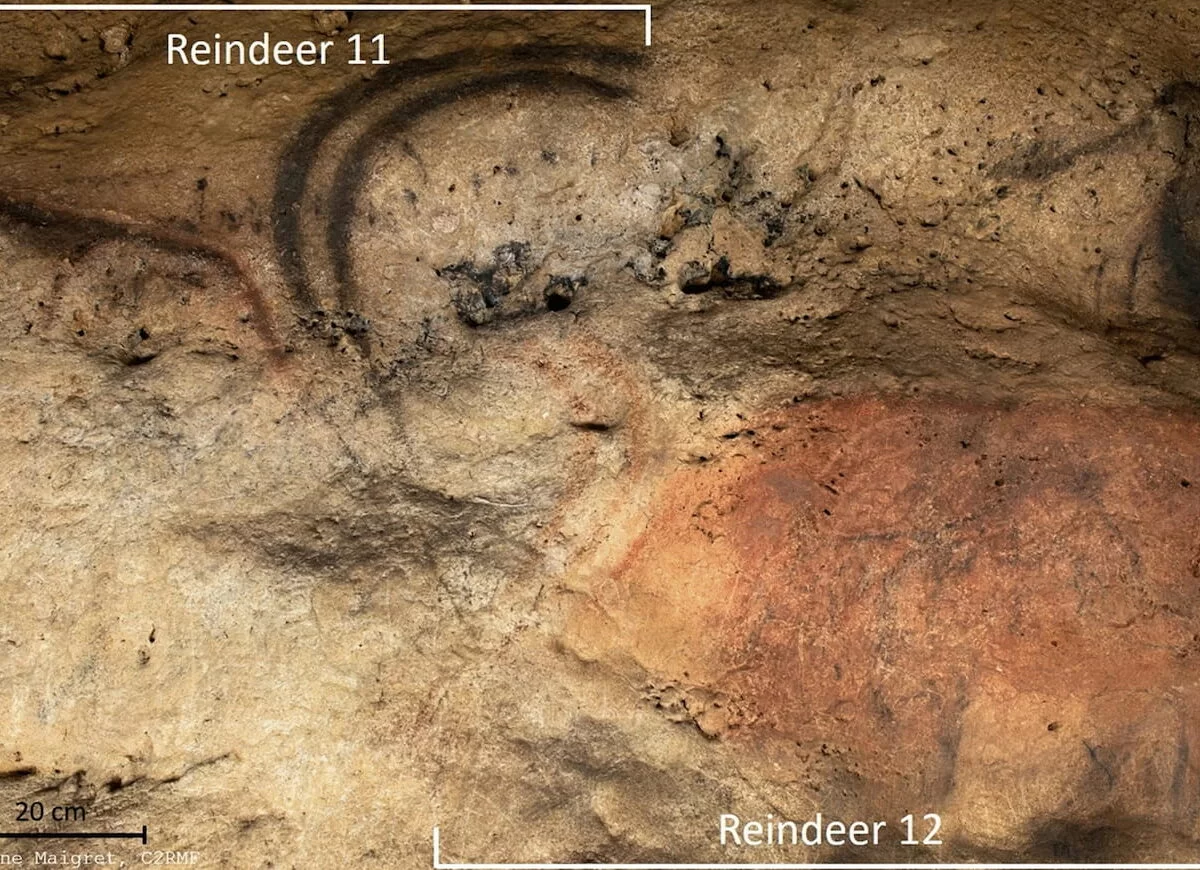Archaeologists from the University of Valladolid have discovered in the Millán Cave, located in the northern Iberian Peninsula, in the Spanish province of Burgos, an Initial Upper Paleolithic lithic industry, which they have named “Arlanzian”, and which stands out as the oldest and southernmost of its kind in the peninsula. This industry, of uncertain origin, […]
Paleolithic
A horse jaw with an embedded projectile, found in north Spain, reveals a previously unknown hunting strategy in the Paleolithic
A discovery made in the cave of La Garma (Cantabria, north of Spain) has shed new light on the hunting techniques used by our ancestors over 16,000 years ago. An international team of researchers, led by Dr. Marián Cueto from the Autonomous University of Barcelona, has recently published a study detailing the discovery of a […]
Paleoclimatic Paradox of Exceptional Global Warming 400,000 Years Ago Resolved
In Europe, there were pre-Neanderthals, the Northern Hemisphere of the Earth had less ice than today, and sea levels were approximately 10 meters higher. We are in the Lower Paleolithic, 400,000 years ago, a period called MIS 11c, the warmest on our planet in the last few million years. According to a newly published study […]
Evidence Reveals Surprising Dietary Practices of Pre-agricultural Human Groups in Morocco 15,000 Years Ago
For years, the common belief has been that pre-agricultural hunter-gatherer societies relied heavily on meat. However, new evidence from a groundbreaking study reveals a surprising twist in the dietary practices of ancient human groups in Morocco, suggesting a marked preference for plant-based food over 15,000 years ago. The study, conducted by a team of international […]
Turtle Shells from 50,000 Years Ago Carried as “Living Provisions” by Early Humans or Neanderthals During the Last Ice Age, Found in Germany
Numerous gravel quarries in the middle Elbe valley near Magdeburg have already yielded many significant archaeological discoveries from the period between the Middle Pleistocene (Weichselian glaciation) and the modern era. At the Barleben-Adamsee gravel quarry, in addition to flint tools, five fragments of turtle shells between 42,000 and 50,000 years old have been found. These […]
Oldest Incised Bone Found in Northern Europe Demonstrates Early Cognitive Abilities of Neanderthals
A bear radius fragment with seventeen incisions (one of them incomplete) was excavated in the 1950s in the Dziadowa Skała Cave in the Upland of Częstochowa, southern Poland, from a deposit with fauna remains from the Eemian period (between 130,000 and 115,000 years ago). This object has been cited as the earliest evidence of Neanderthals’ […]
The Italian site of Pirro Nord does not Contain, as Previously Thought, the Oldest Evidence of Human Presence in Western Europe
A new study led by the National Center for Research on Human Evolution (CENIEH) has revealed the first datings of a significant Paleolithic site in Italy. Published in the journal Quaternary Geochronology, this study presents findings that challenge previous beliefs about the chronology of Pirro Nord, located in Apricena, Italy, suggesting that this site could […]
Analysis of Schöningen Spears, the Oldest Complete Ones Preserved, Reveals Advanced Wood Processing Techniques 300,000 Years Ago
Back in 1994, something incredible happened during archaeological digs at an open-pit coal mine in Schöningen. Archaeologists found the oldest complete hunting weapons ever discovered, ancient spears and a throwing stick buried alongside old animal bones near a lake, about ten meters deep. Over the following years, they dug up a bunch of wooden pieces […]
First Paleolithic Use of Peat and Dung as Fuel Discovered in a Cave in Greece
Theopetra Cave, located in Thessaly, Greece, is known for its impressive combustion layers dating to between 140,000 and 50,000 years before present (BP) and thick deposits of ash and charred remains dated to between 16,000 and 13,000 years BP. A recent study has shed new light on the combustion structures and fuels used by the […]
The Discovery of Paleolithic Art Made with Charcoal in France will Allow for More Precise Dating
The Dordogne region in southwestern France is home to over 200 sites with Paleolithic parietal art, making it one of the richest areas in the world in this regard. One of the most important sites is the Font-de-Gaume cave, known for its bison representations, but whose paintings are difficult to date due to the type […]











